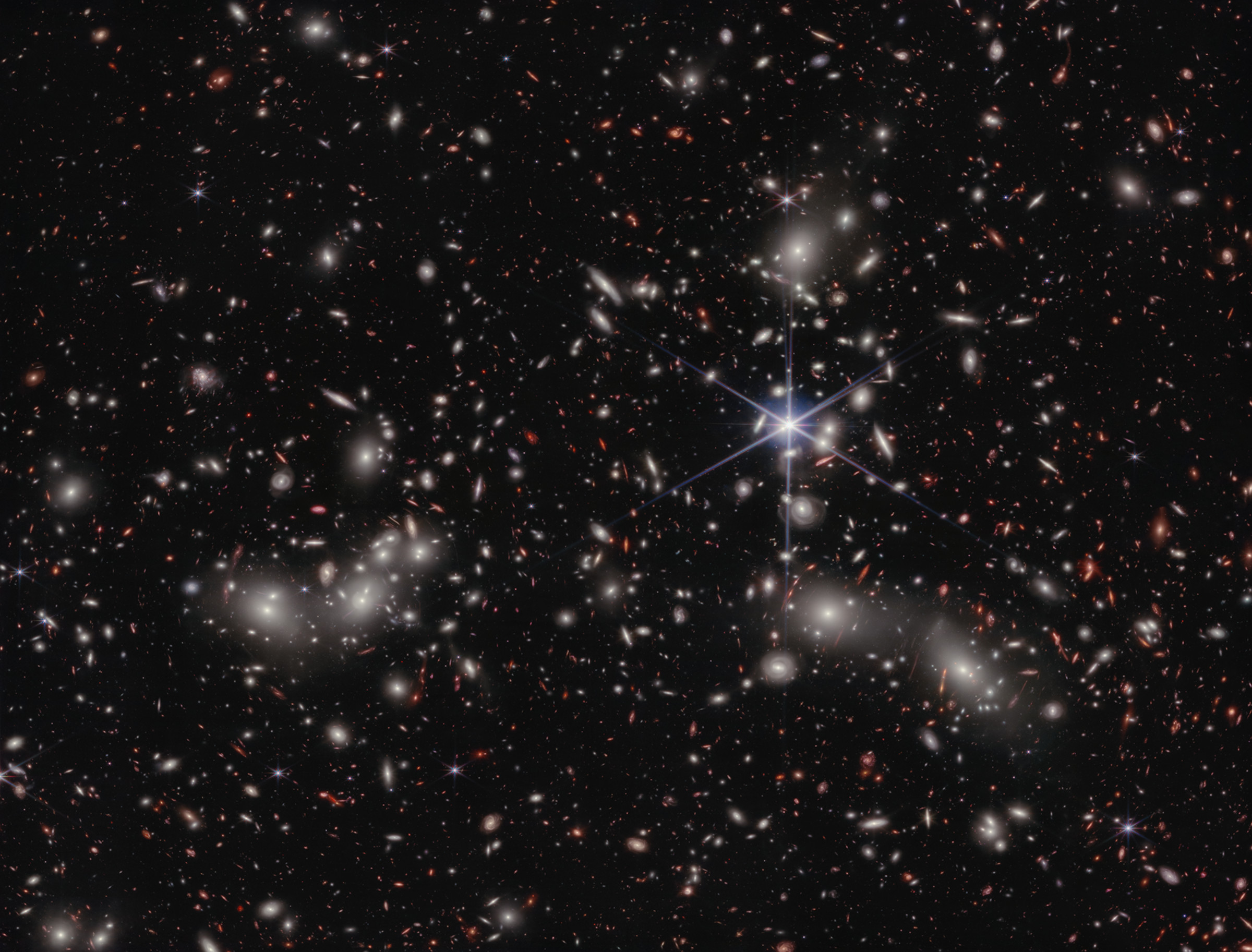James Webb has peered deep into our universe and uncovered evidence of “celestial monster” stars, the universe’s biggest stars. The astronomers behind the discovery say that these monster stars are brighter than millions of Suns in the early universe. The scientists also say that the largest celestial monsters among them have a mass 300 times that of our Sun.
These supermassive stars are described in a new study. The largest star discovered is believed to have a mass of 5,000 to 10,000 Suns. The existence of these massive stars has been theorized for several years now, with a team of European researchers theorizing their existence in 2018, according to Phys.org.
Astronomers have spent decades baffled and bemused by the diversity seen in the stars that can be found throughout our universe, most notably in the different stars that are often found jammed into globular clusters. Many of these clusters are old and can contain millions of stars despite their small area of space. Some of these clusters are home to the universe’s biggest stars and could help answer questions about our early universe.

That’s because these old stars are often made up of elements that require insane amounts of heat to produce. These elements include aluminum, which requires a temperature of up to 70 million degrees Celsius to produce. However, these stars are often only 15 to 20 million degrees Celsius. As such, this composition has left astronomers baffled.
The possible explanation behind these old stars, then, is collisions in the tightly packed globular clusters that some of the universe’s oldest stars call home. These collisions are seen throughout our universe, making galaxies larger and more packed with mass, as well as collisions between black holes, which only strengthen those, too.
If stars within these globular clusters are colliding, they could be causing these materials to leak into each other, allowing them to have such high element counts despite their temperatures not matching what we believe should be required to produce them. A study on the discovery has been published in Astronomy and Astrophysics.







